Home>Gardening & Outdoor>Outdoor Recreation & Activities>What Is A Good Trampoline
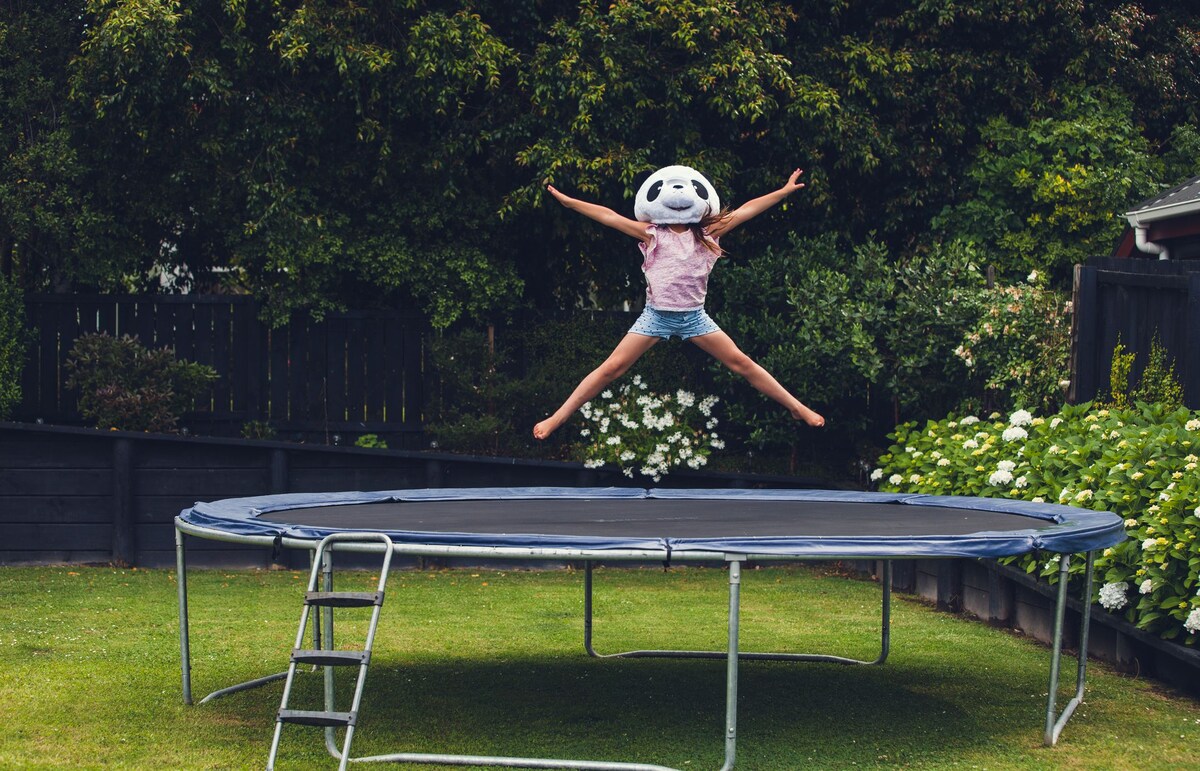

Outdoor Recreation & Activities
What Is A Good Trampoline
Modified: October 20, 2024
Discover the benefits of outdoor recreation and activities with a high-quality trampoline. Find out what makes a good trampoline for your family's enjoyment.
(Many of the links in this article redirect to a specific reviewed product. Your purchase of these products through affiliate links helps to generate commission for Storables.com, at no extra cost. Learn more)
Introduction
Welcome to the thrilling world of trampolines! Whether you’re a seasoned bouncer or considering purchasing your first trampoline, it’s essential to understand what makes a good trampoline. A quality trampoline can provide hours of exhilarating fun, promote physical activity, and even serve as a training tool for athletes. In this comprehensive guide, we’ll explore the various types of trampolines, key considerations for selecting the right one, safety features to prioritize, durability and materials, weight limit and size, bounce quality, and price ranges. By the end of this journey, you’ll be equipped with the knowledge to make an informed decision and bounce your way to endless enjoyment. Let’s dive into the world of trampolines and uncover what truly makes a trampoline great!
Key Takeaways:
- Choose a trampoline based on your needs, space, and safety. Consider intended use, available space, user age, and safety features to find the perfect fit for endless fun and enjoyment.
- Prioritize durability, safety, and bounce quality when selecting a trampoline. Look for weather-resistant materials, safety enclosures, and superior bounce performance to ensure a safe and exhilarating experience.
Read more: Why Is Jumping On A Trampoline Good For You
Types of Trampolines
Trampolines come in various shapes, sizes, and designs, each catering to different needs and preferences. Understanding the different types of trampolines can help you narrow down your options and find the perfect fit for your lifestyle. Here are some common types of trampolines:
- Round Trampolines: These are the most common type of trampolines and are well-suited for general recreational use. Their circular shape provides a consistent bounce across the entire surface, making them ideal for families and individuals looking for all-around fun.
- Rectangular Trampolines: Known for their superior bounce, rectangular trampolines are favored by gymnasts and athletes. The even tension in the springs allows for higher jumps and better control, making them a top choice for those interested in honing their acrobatic skills.
- Square Trampolines: Square trampolines offer a balance between the consistent bounce of round trampolines and the superior bounce of rectangular trampolines. They are a versatile option suitable for both recreational use and skill development.
- Oval Trampolines: Oval trampolines combine the benefits of round and rectangular trampolines. They provide a larger jumping area than round trampolines and a more predictable bounce than rectangular ones, making them a great choice for families and athletes alike.
- Mini Trampolines: Also known as rebounders, mini trampolines are compact and designed for individual use. They are often used for fitness and therapeutic purposes, offering a low-impact way to improve cardiovascular health and overall strength.
Each type of trampoline has its own unique features and advantages, so it’s important to consider your specific needs and preferences when choosing the right one for you. Whether you’re seeking family fun, athletic training, or fitness enhancement, there’s a trampoline type tailored to meet your requirements.
Considerations for Choosing a Trampoline
When selecting a trampoline, several crucial factors should guide your decision to ensure that you find the perfect fit for your needs and preferences. Here are some key considerations to keep in mind:
- Intended Use: Determine the primary purpose of the trampoline. Are you looking for a trampoline for recreational use, fitness, or athletic training? Understanding the intended use will help you narrow down the type and features that best suit your needs.
- Available Space: Assess the area where the trampoline will be placed. Consider the dimensions of the space, ensuring that there is ample room for the trampoline and safe clearance around it. Additionally, take into account any overhead obstructions, such as tree branches or power lines.
- User Age and Skill Level: Consider the age and skill level of the primary users. For young children, safety features and a lower height from the ground are essential. On the other hand, advanced users may require a trampoline with a larger jumping area and enhanced bounce capabilities.
- Portability and Storage: If you anticipate the need to move or store the trampoline frequently, consider options that are designed for easy assembly, disassembly, and portability. Look for models that offer convenient storage solutions when not in use.
- Weather Resistance: If the trampoline will be placed outdoors, opt for a model constructed with weather-resistant materials to withstand various weather conditions. UV-protected padding and rust-resistant frames can prolong the trampoline’s lifespan and ensure durability.
- Weight Capacity: Take into account the combined weight of all potential users to ensure that the trampoline’s weight capacity comfortably accommodates them. It’s crucial to adhere to the manufacturer’s weight limit to maintain safety and preserve the trampoline’s integrity.
- Additional Accessories: Consider any additional accessories or features you may want, such as a safety enclosure, ladder, anchor kit, or basketball hoop. These accessories can enhance the trampoline experience and provide added safety and entertainment.
By carefully considering these factors, you can narrow down your options and find a trampoline that aligns with your specific requirements, ensuring a rewarding and enjoyable trampolining experience for years to come.
Safety Features
Ensuring the safety of trampoline users is paramount when selecting a trampoline. Incorporating essential safety features not only minimizes the risk of injuries but also promotes peace of mind for both users and supervisors. Here are key safety features to prioritize when choosing a trampoline:
- Safety Enclosure: A safety enclosure, also known as a trampoline net, forms a protective barrier around the trampoline, preventing users from falling off the jumping surface. Look for a durable and well-constructed enclosure that securely attaches to the trampoline frame, providing a safe and contained jumping environment.
- Padded Springs and Frame: Ensure that the trampoline is equipped with ample padding covering the springs and frame. High-quality padding minimizes the risk of users coming into contact with the springs or frame, reducing the likelihood of impact-related injuries during bouncing and play.
- Sturdy Frame Construction: Opt for a trampoline with a robust and stable frame designed to withstand rigorous use. The frame should be constructed from durable materials, such as galvanized steel, to ensure structural integrity and resistance to corrosion.
- Safety Ladder: A safety ladder provides convenient and secure access to the trampoline, especially for younger users. Look for a sturdy and slip-resistant ladder that attaches firmly to the trampoline, facilitating safe entry and exit.
- Spring Covers: Check for spring covers that shield the coiled springs, preventing accidental contact and reducing the risk of pinching or entanglement during bouncing activities.
- Weight Limit Compliance: Adhere to the manufacturer’s specified weight limit for the trampoline. Overloading the trampoline beyond its capacity can compromise its structural integrity and pose safety hazards.
Prioritizing these safety features not only safeguards users but also contributes to a positive and worry-free trampolining experience. By investing in a trampoline equipped with comprehensive safety measures, you can enjoy peace of mind while witnessing the joy and excitement of bouncing in a secure environment.
Durability and Materials
When evaluating trampolines, assessing their durability and the materials used in their construction is essential to ensure longevity and performance. The following factors play a crucial role in determining the durability and quality of a trampoline:
- Frame Material: Look for trampolines with frames constructed from galvanized steel or other corrosion-resistant materials. Galvanized steel frames offer exceptional durability and weather resistance, making them ideal for outdoor use.
- Spring Quality: High-quality trampolines feature heavy-duty, rust-resistant springs designed to withstand continuous bouncing and provide consistent performance over time. Look for trampolines with ample, well-anchored springs that contribute to a responsive and enjoyable bounce experience.
- Mat Material: The trampoline mat, also known as the jumping surface, should be made from durable, UV-resistant materials that can withstand prolonged exposure to sunlight without deteriorating. Reinforced stitching and high-quality fabric contribute to the overall strength and longevity of the mat.
- Padding: Assess the quality and thickness of the padding used to cover the springs and frame. Premium trampolines feature thick and resilient padding crafted from durable materials to provide ample protection and withstand wear and tear over time.
- Weather Resistance: Consider trampolines designed with weather-resistant components, such as UV-protected padding and durable mat materials. Weather-resistant trampolines are capable of withstanding various climatic conditions, extending their lifespan and ensuring consistent performance.
By prioritizing trampolines constructed from high-quality, durable materials, you can invest in a long-lasting and resilient product that delivers a safe and enjoyable bouncing experience for years to come. Evaluating the durability and materials of a trampoline is key to making an informed decision and selecting a product that meets your expectations for performance and longevity.
When looking for a good trampoline, consider the weight limit, safety features, and durability of the materials. Look for a trampoline with a sturdy frame and high-quality springs for a better bouncing experience.
Read more: What Is A Trampoline
Weight Limit and Size
Understanding the weight limit and size of a trampoline is crucial in ensuring safe and optimal usage. Consider the following factors when evaluating the weight limit and size of a trampoline:
- Weight Capacity: The weight limit of a trampoline refers to the maximum load it can safely support. It is essential to adhere to the manufacturer’s specified weight capacity to prevent structural strain and ensure user safety. Consider the combined weight of all potential users to determine the appropriate weight capacity required for the trampoline.
- Jumping Surface Area: Assess the size of the trampoline’s jumping surface, as it directly impacts the available space for bouncing and maneuvering. Larger trampolines provide ample room for multiple users to enjoy simultaneous bouncing while smaller trampolines are suitable for individual use or limited space.
- Frame Size and Stability: Evaluate the overall dimensions and stability of the trampoline’s frame. A sturdy and well-proportioned frame contributes to the trampoline’s structural integrity and weight-bearing capacity, ensuring a secure and stable bouncing platform.
- User Distribution: Consider how the weight of users will be distributed across the trampoline. Ensure that the trampoline’s weight limit accommodates the intended number of users, providing a safe and enjoyable experience for all participants.
- Space Considerations: Assess the available space for setting up the trampoline, taking into account both the dimensions of the trampoline and the necessary clearance around it. Ensure that the selected trampoline size aligns with the available space and allows for safe and unobstructed usage.
By carefully considering the weight limit and size of a trampoline, you can select a model that accommodates the intended users, provides ample jumping space, and aligns with the available area for installation. Understanding these factors is essential in making an informed decision and ensuring a safe and enjoyable trampolining experience for all users.
Bounce Quality
The bounce quality of a trampoline is a critical factor that significantly influences the overall user experience. When assessing the bounce quality of a trampoline, several key aspects come into play:
- Spring Configuration: The arrangement and tension of the springs play a pivotal role in determining the trampoline’s bounce quality. Look for trampolines with evenly spaced, high-tension springs that provide a responsive and consistent bounce across the entire jumping surface.
- Spring Count and Length: Consider the number and length of the springs used in the trampoline’s design. A higher spring count and longer springs contribute to a more dynamic and buoyant bounce, offering enhanced propulsion and lift during jumping activities.
- Mat Material and Tension: The quality and tension of the trampoline mat directly impact the bounce performance. Durable, high-tensile mats with reinforced stitching offer a responsive and uniform surface for optimal energy transfer and rebound, resulting in a satisfying and enjoyable bounce experience.
- Frame Rigidity and Flexibility: A well-constructed trampoline frame strikes a balance between rigidity and flexibility, allowing for controlled and resilient bounce characteristics. The frame’s ability to absorb and distribute impact energy contributes to the trampoline’s overall bounce quality and user comfort.
- User Weight Distribution: The trampoline’s bounce quality should accommodate the weight distribution and jumping styles of its intended users. A well-engineered trampoline delivers a balanced and supportive bounce experience for users of varying weights and skill levels.
- Shock Absorption and Rebound: Evaluate the trampoline’s shock absorption capabilities and rebound characteristics. Premium trampolines are designed to absorb impact forces efficiently while providing a lively and buoyant rebound, resulting in a smooth and exhilarating bounce sensation.
By considering these factors, you can identify trampolines that offer superior bounce quality, ensuring an engaging and dynamic experience for users of all ages and skill levels. The bounce quality of a trampoline plays a pivotal role in delivering a fun and rewarding bouncing experience, making it a key consideration when selecting the ideal trampoline for your needs.
Price Range
When exploring trampoline options, understanding the price range and its correlation with the features and quality of the trampoline is essential in making an informed purchasing decision. Trampolines are available in a variety of price ranges, each offering distinct features and benefits. Consider the following factors when evaluating the price range of trampolines:
- Entry-Level Trampolines: Entry-level trampolines typically fall within the lower price range and are well-suited for casual recreational use. While they may offer basic features and functionality, they provide an affordable option for individuals seeking budget-friendly trampolines.
- Mid-Range Trampolines: Trampolines in the mid-range price category offer a balance of quality, durability, and features. They often incorporate enhanced safety measures, durable construction, and improved bounce quality, making them suitable for families and individuals seeking a reliable and enjoyable trampolining experience without a substantial financial investment.
- Premium Trampolines: Premium trampolines, typically found in the higher price range, boast superior construction, advanced safety features, exceptional bounce performance, and extended durability. These trampolines are designed to cater to serious enthusiasts, athletes, and those seeking top-tier quality and performance.
- Additional Costs: Consider any additional costs associated with trampoline accessories, such as safety enclosures, ladders, anchor kits, and maintenance requirements. Factoring in these supplementary expenses can provide a comprehensive understanding of the total investment in a trampoline setup.
- Long-Term Value: Assess the long-term value and durability of a trampoline in relation to its price. While higher-priced trampolines may require a larger initial investment, they often offer extended longevity, superior safety features, and enhanced performance, ultimately delivering greater value over time.
By considering the price range in conjunction with the features, quality, and long-term value of trampolines, you can make a well-informed decision that aligns with your budget and performance expectations. Understanding the price ranges of trampolines empowers you to select a model that strikes a balance between affordability and the desired features, ensuring a rewarding and enjoyable trampoline experience.
Conclusion
Embarking on the journey to find the perfect trampoline involves considering a multitude of factors to ensure that you select a trampoline that aligns with your needs, preferences, and budget. By exploring the various types of trampolines, understanding essential considerations, prioritizing safety features, evaluating durability and materials, assessing weight limits and bounce quality, and understanding price ranges, you are equipped to make an informed decision that will lead to countless hours of exhilarating fun and enjoyment.
Whether you seek a trampoline for recreational use, fitness, or athletic training, the diverse range of trampoline types offers options tailored to your specific requirements. Understanding the intended use, available space, user age, and portability needs will guide you toward the ideal trampoline type for your lifestyle.
Prioritizing safety features, such as safety enclosures, padded springs and frame, and sturdy ladder access, ensures a secure and worry-free trampolining experience for users of all ages. By investing in a trampoline equipped with comprehensive safety measures, you can foster an environment where fun and safety coexist harmoniously.
Evaluating the durability and materials of a trampoline is essential in selecting a long-lasting and resilient product that delivers a safe and enjoyable bouncing experience for years to come. Factors such as frame material, spring quality, mat material, and weather resistance contribute to the overall durability and quality of the trampoline.
Understanding the weight limit and size of a trampoline is crucial in ensuring safe and optimal usage. By carefully considering the weight capacity, jumping surface area, frame size, and user weight distribution, you can select a trampoline that accommodates the intended users and aligns with the available space for installation.
The bounce quality of a trampoline plays a pivotal role in delivering a fun and rewarding bouncing experience. By considering factors such as spring configuration, mat material and tension, frame rigidity and flexibility, and shock absorption, you can identify trampolines that offer superior bounce quality, ensuring an engaging and dynamic experience for users of all ages and skill levels.
Understanding the price range in relation to the features, quality, and long-term value of trampolines empowers you to make a well-informed decision that aligns with your budget and performance expectations. By considering the price range and additional costs associated with trampoline accessories, you can select a trampoline that strikes a balance between affordability and the desired features, ensuring a rewarding and enjoyable trampoline experience.
Armed with this comprehensive guide, you are well-prepared to embark on your trampoline journey, equipped with the knowledge to select the perfect trampoline that will bring joy, excitement, and countless memorable moments to your life. Whether it’s for family fun, fitness, or skill development, the right trampoline will be your gateway to a world of boundless enjoyment and active recreation.
Frequently Asked Questions about What Is A Good Trampoline
Was this page helpful?
At Storables.com, we guarantee accurate and reliable information. Our content, validated by Expert Board Contributors, is crafted following stringent Editorial Policies. We're committed to providing you with well-researched, expert-backed insights for all your informational needs.
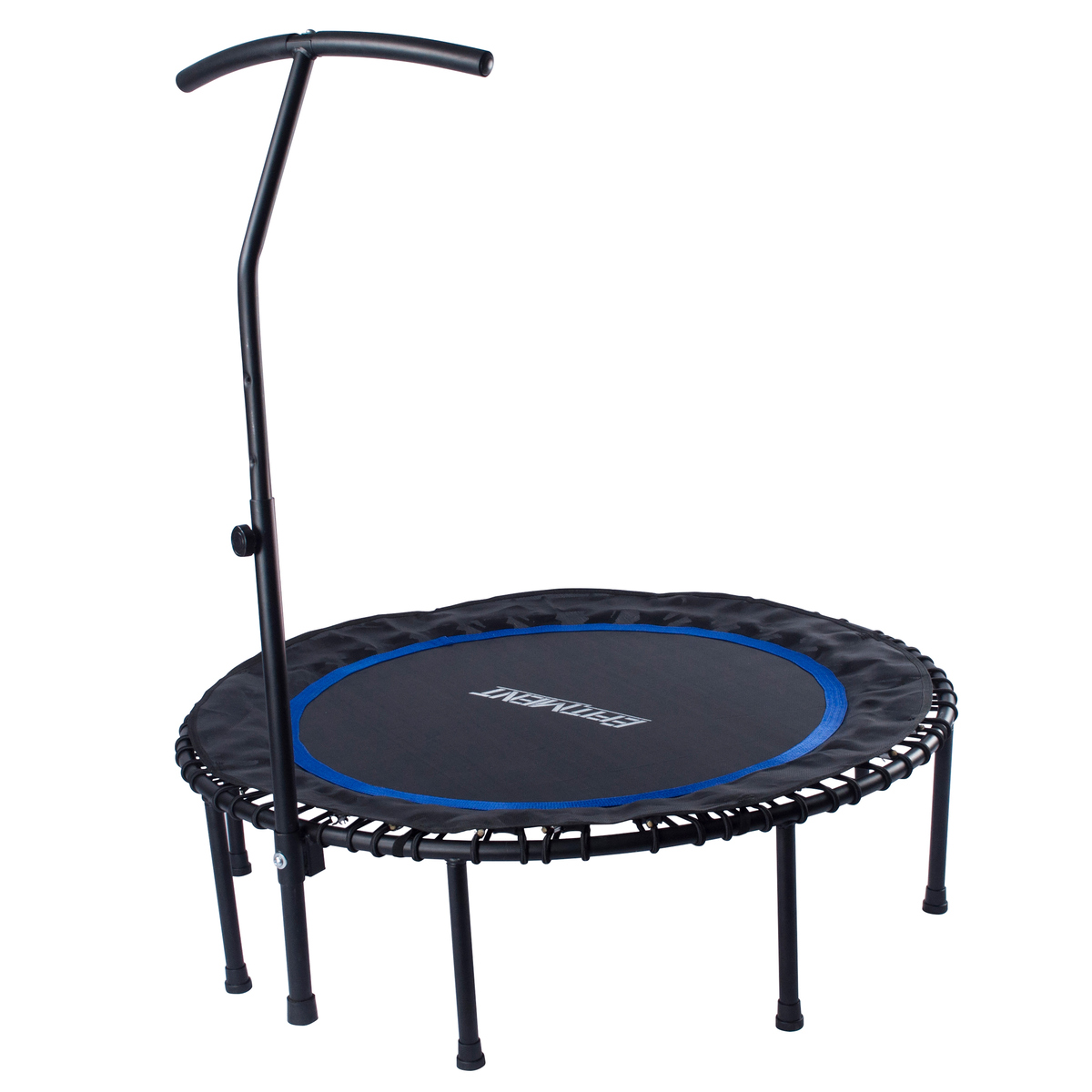
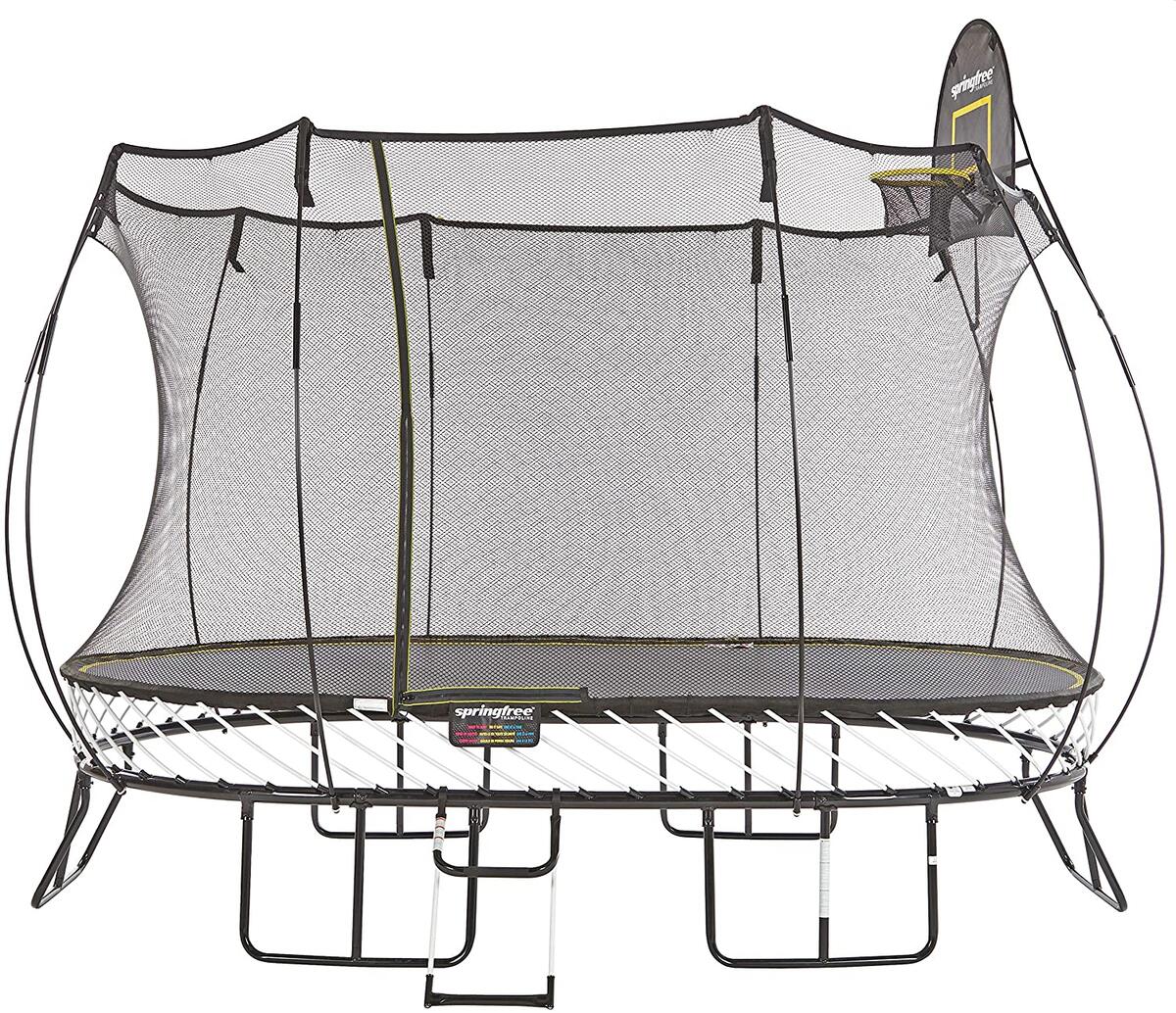

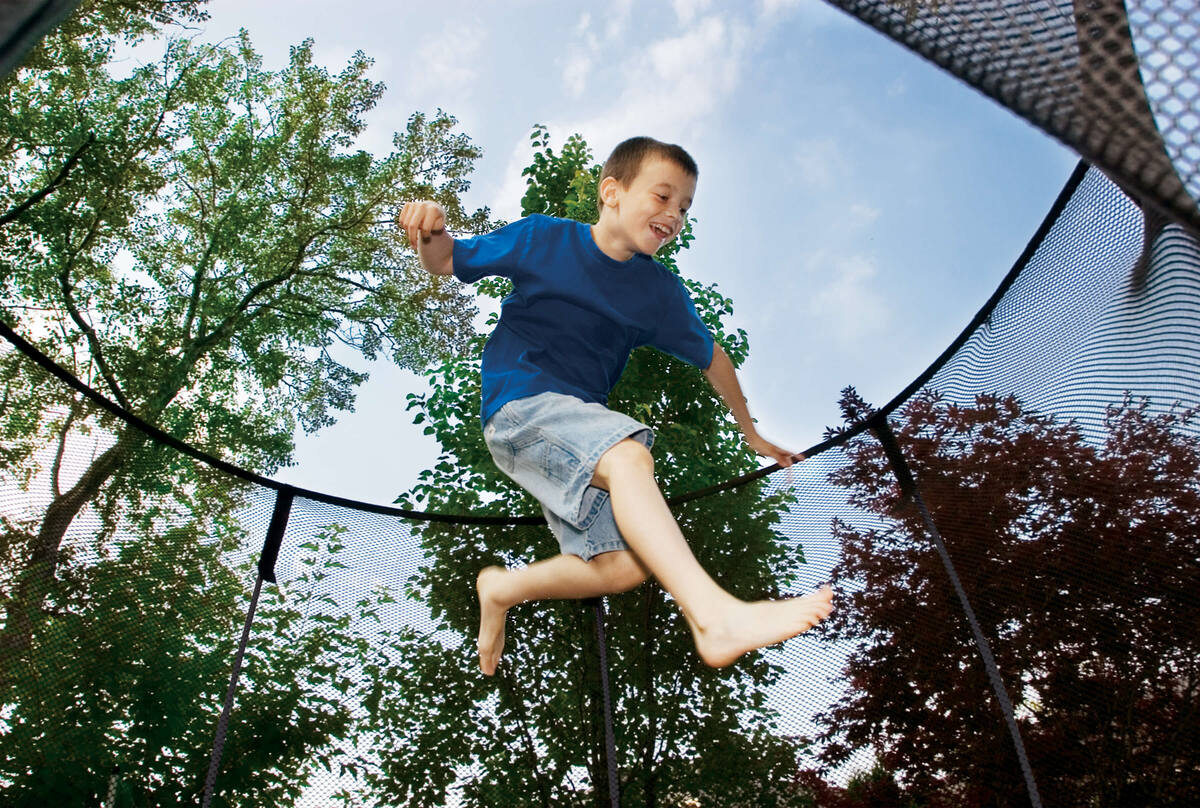
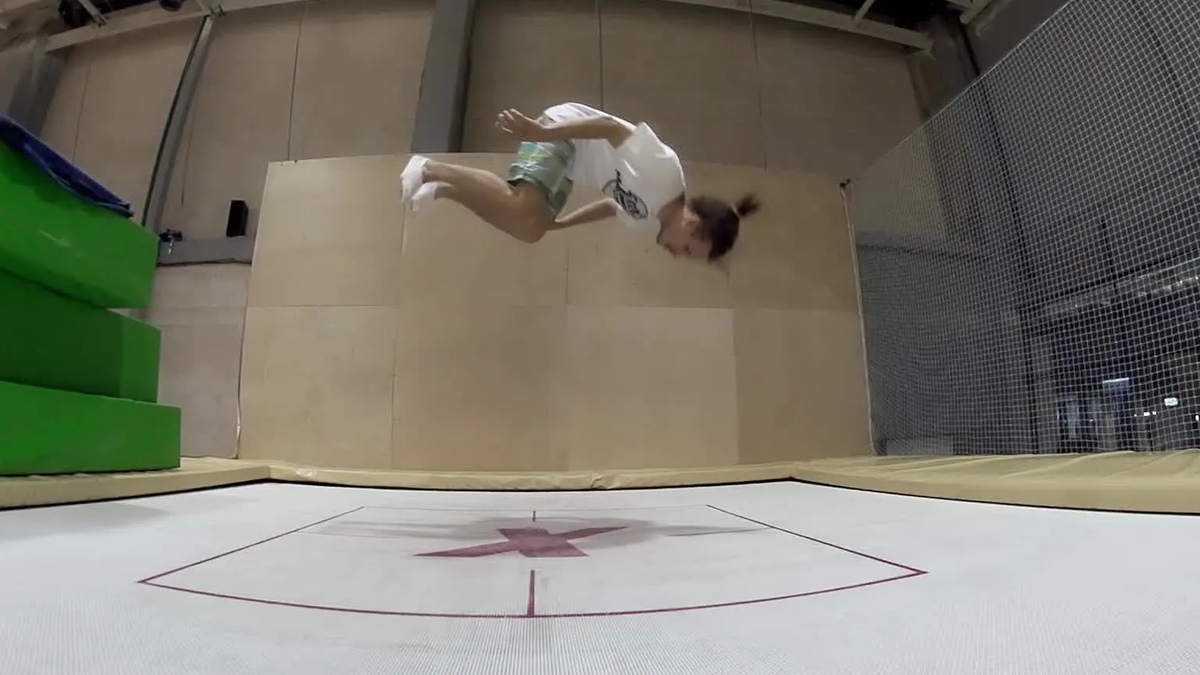
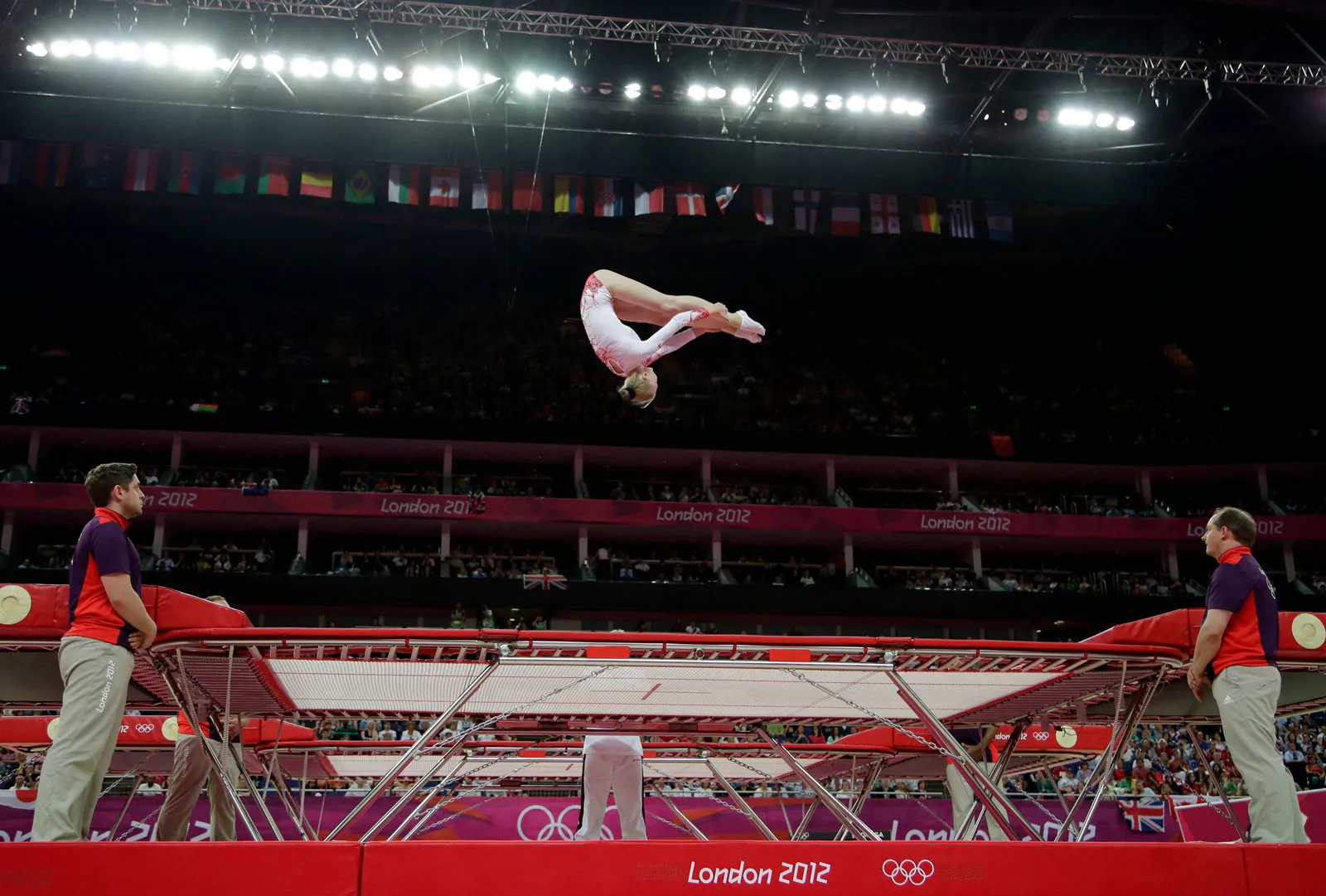
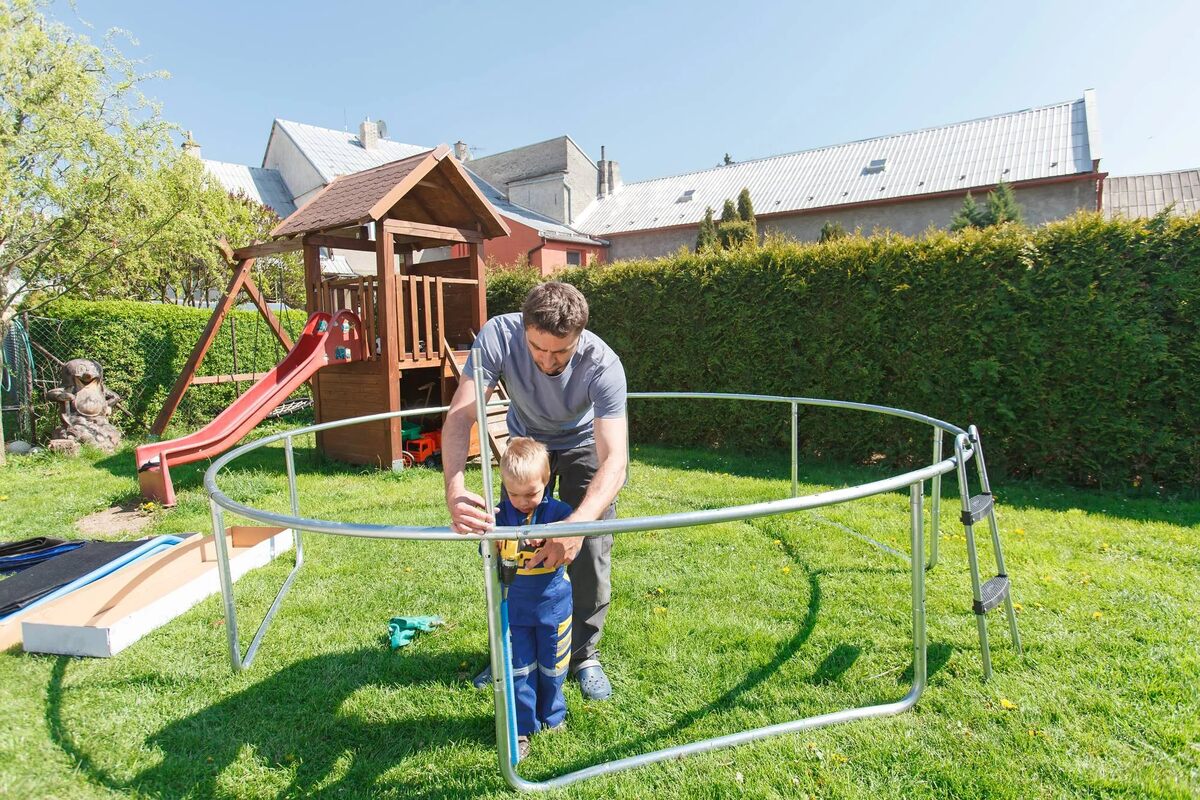
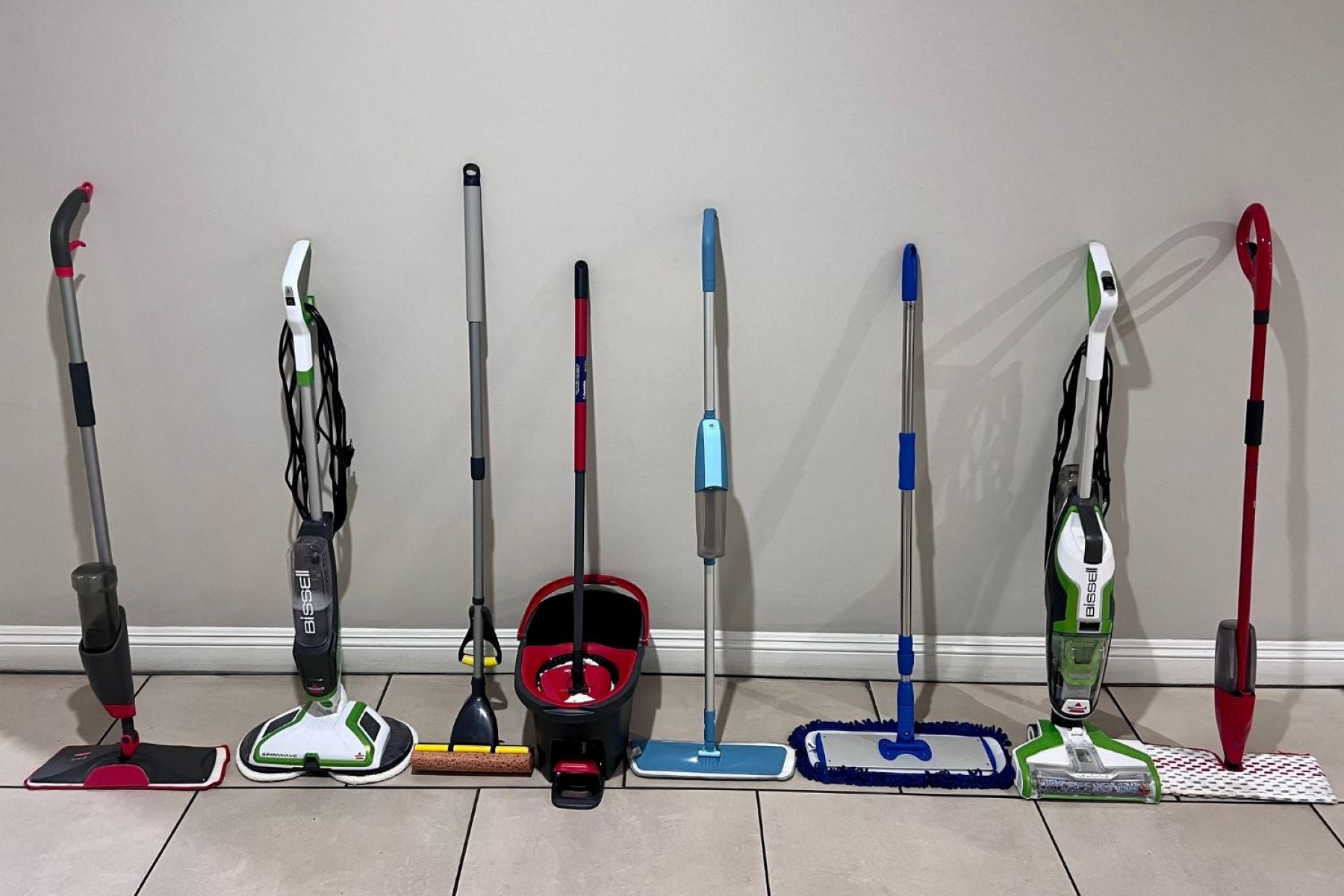
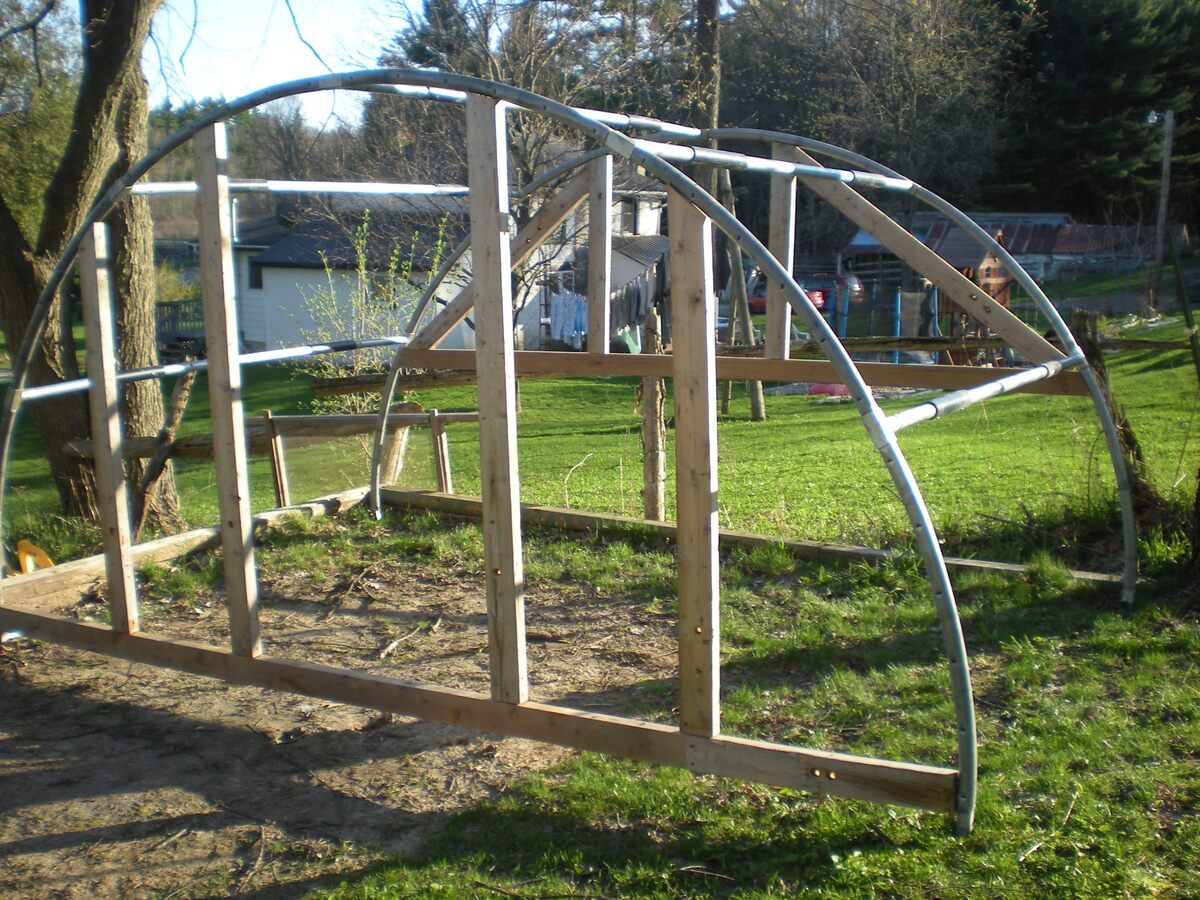
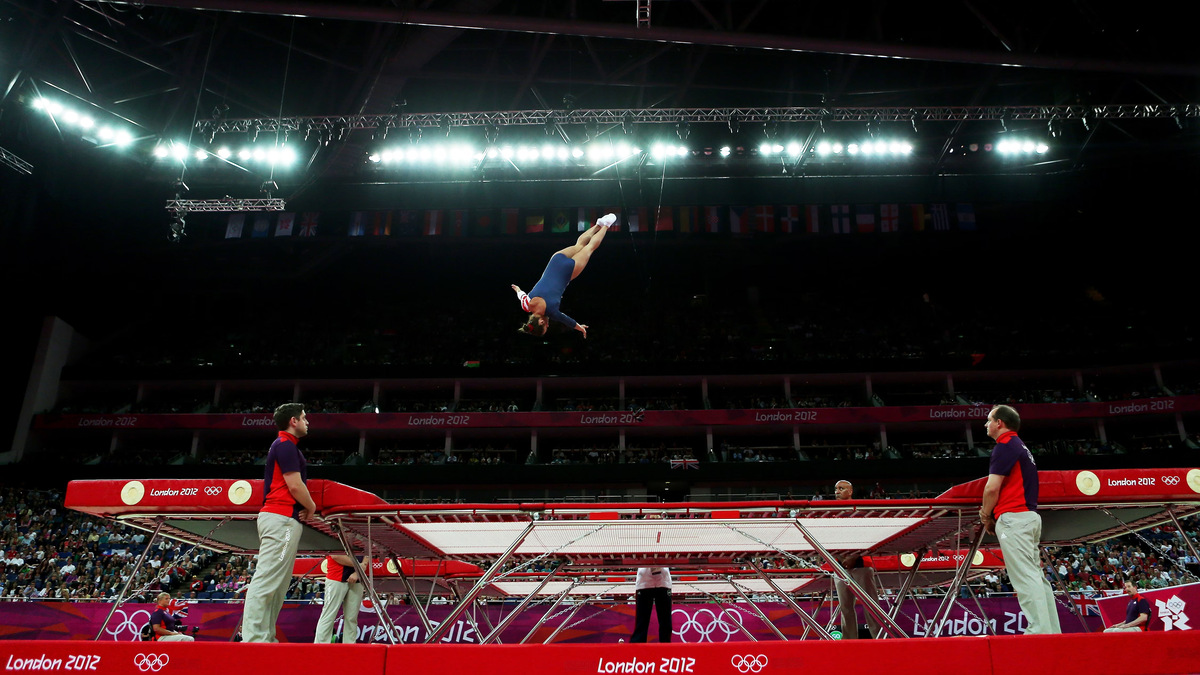
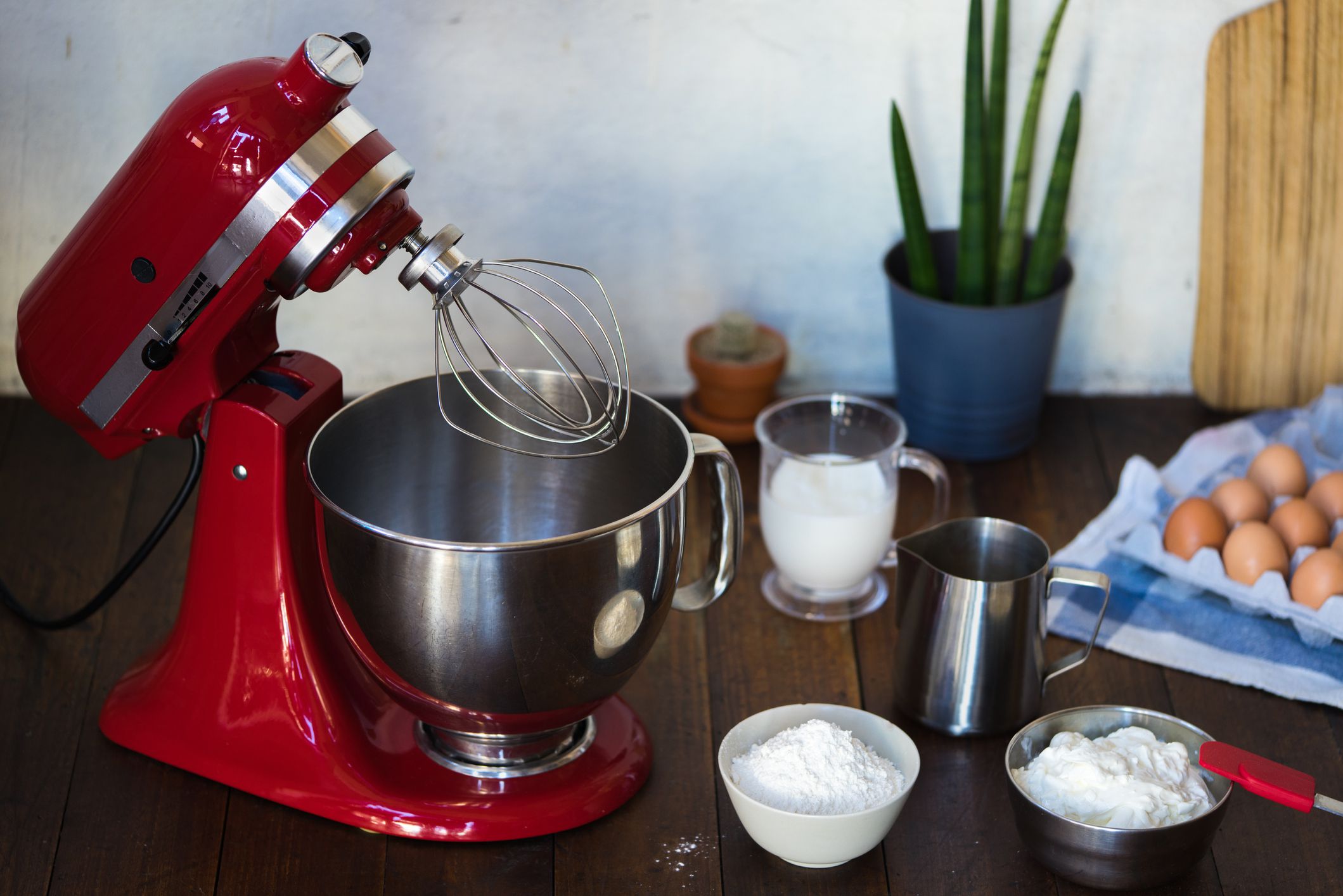
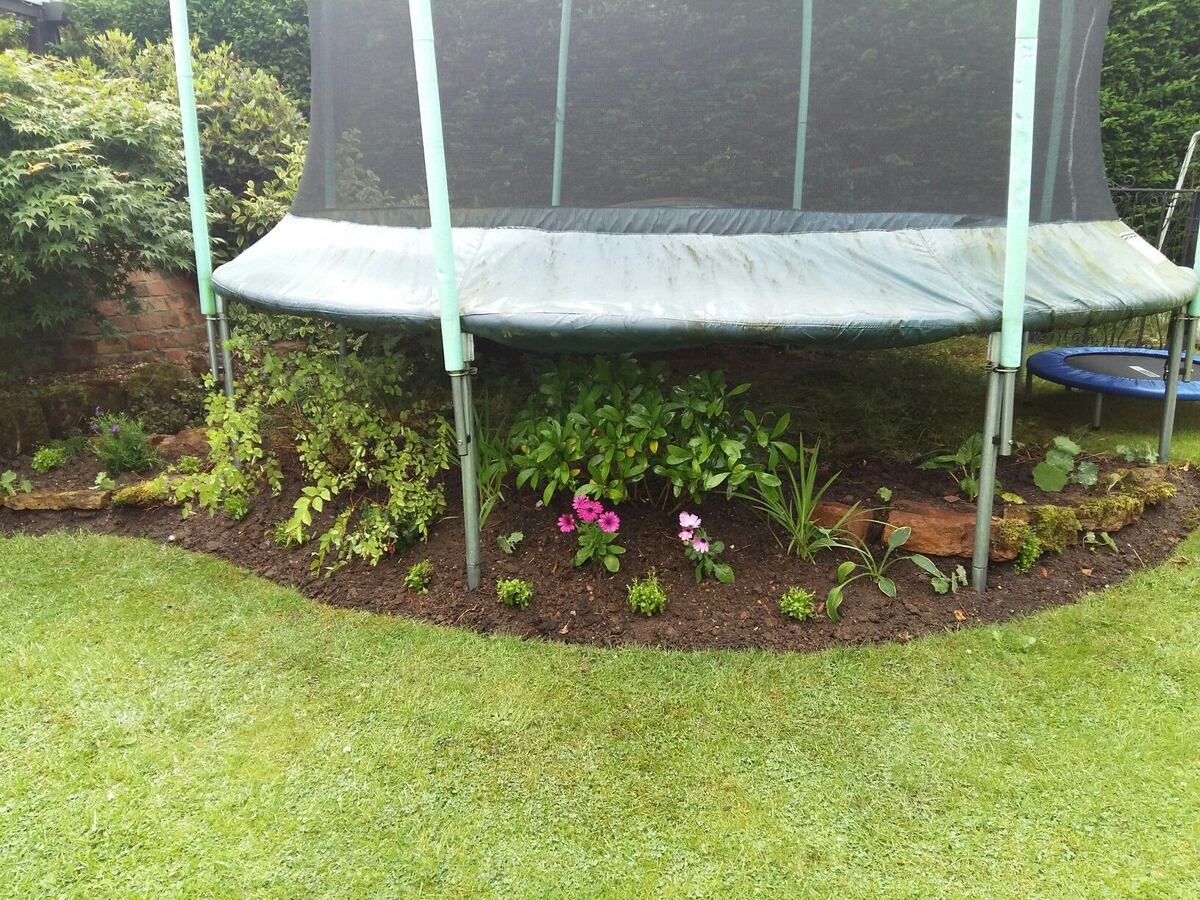
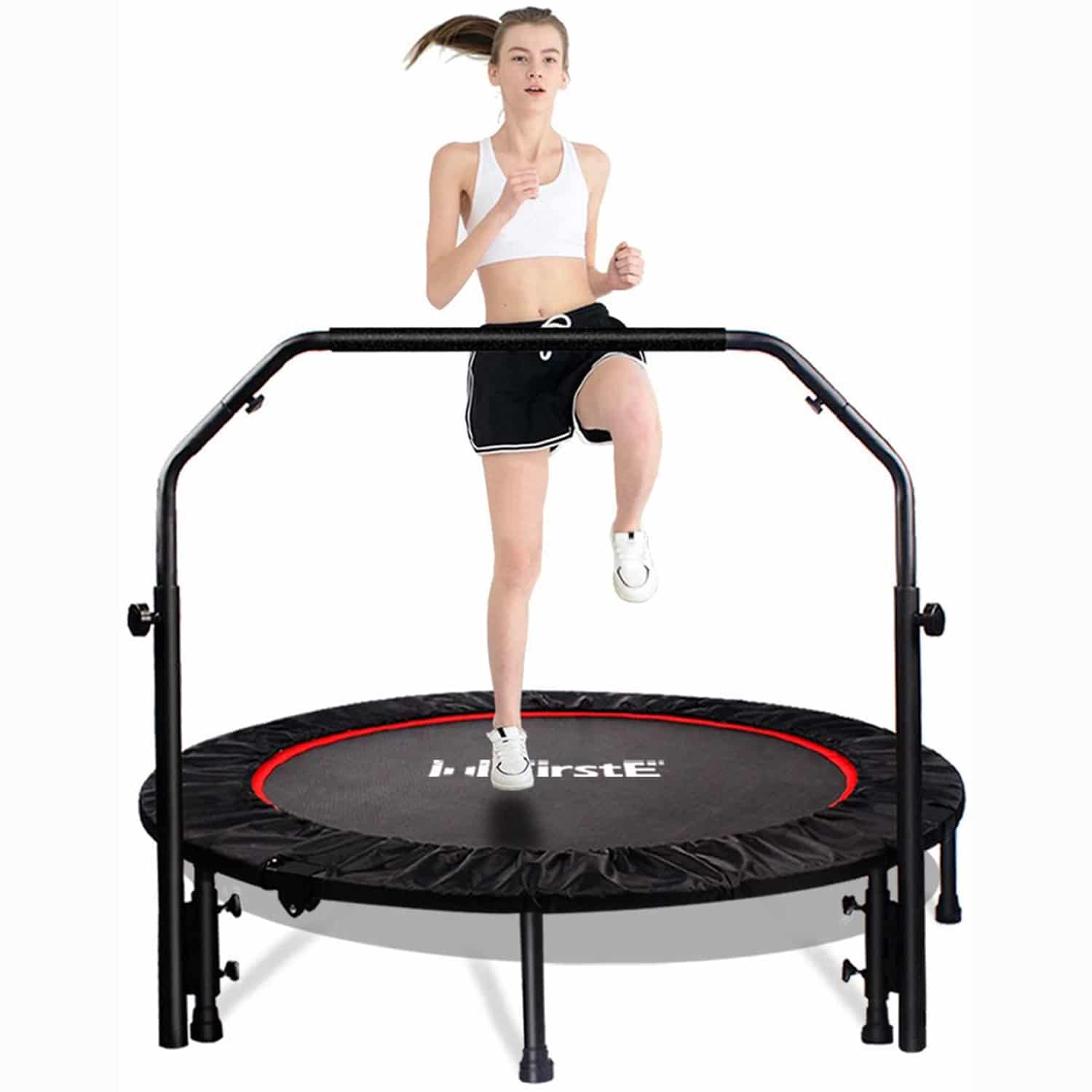
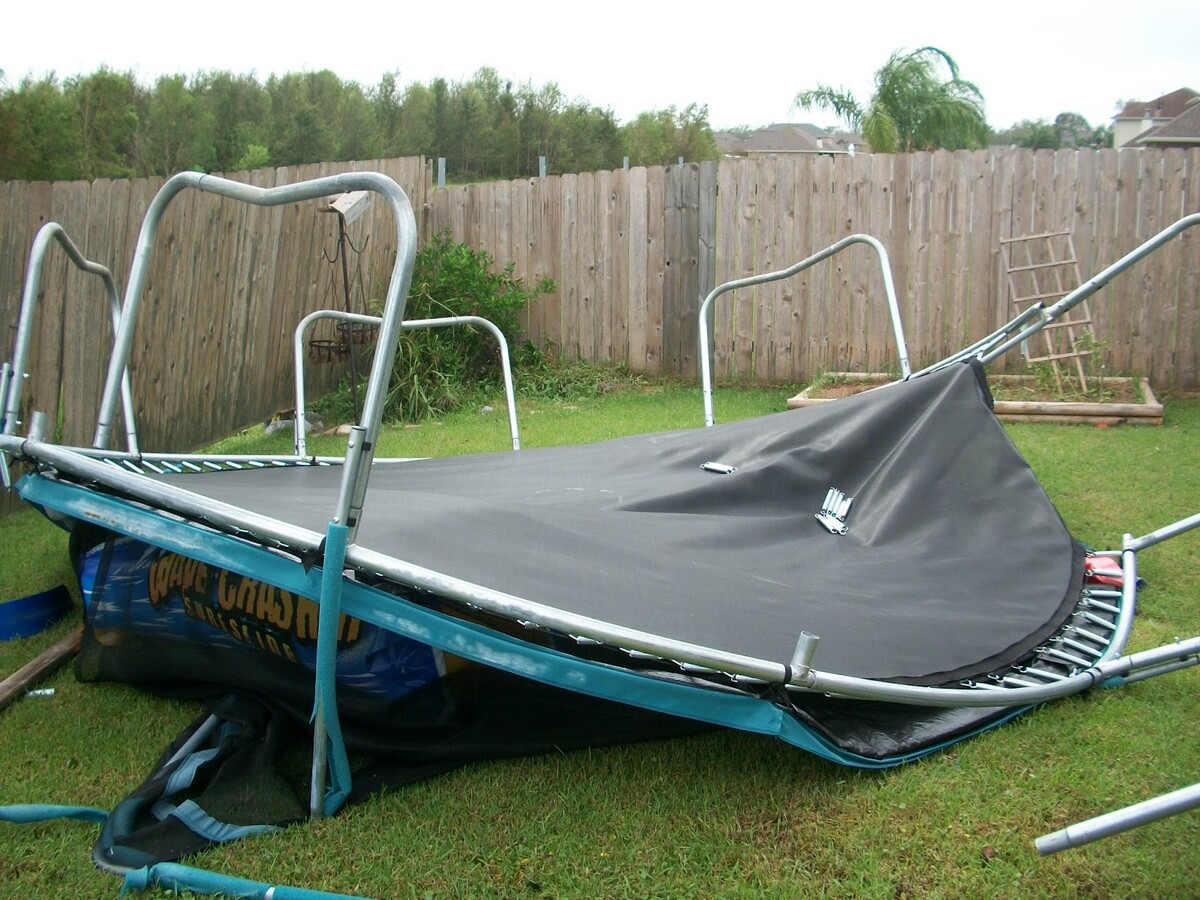

0 thoughts on “What Is A Good Trampoline”